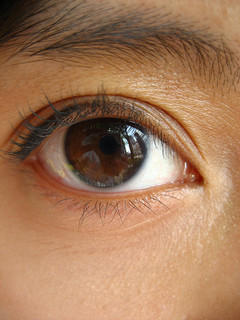Penguins sure are adorable with their silly waddle and their tuxedo-inspired coloring, but they’re actually much tougher than they seem. These cold-climate birds live in the snow and ice, and they make it seem pretty effortless. Don’t penguins ever get cold?
First of all, penguins are quite hefty for their size. Emperor penguins weigh around 66 pounds, much of which is a thick layer of fat underneath the skin, which means that it takes them quite a bit longer to cool off than it would smaller birds. Penguins’ feathers also help to shield them from the Arctic climate. Unlike most birds’ feathers, the feathers on a penguin are very short and have an under-layer of wool-like down, which keeps them warm and dry. As for their feet, penguins have a much more developed circulatory system that enables them to adjust blood flow to the feet depending on the temperature. And, if you’ve ever watched penguins in a zoo or on television, you know that they have the impressive tendency to huddle together in a group to keep one another warm!
Penguins don't freeze, but they do get very, very cold [New Scientist]
Do Penguins Get Cold? [Super Science]
How Penguins Survive Cold Conditions [Cool Antarctica]
Why Penguins’ Feet Don’t Freeze [Today I Found Out]


 Equal Housing Opportunity
Equal Housing Opportunity